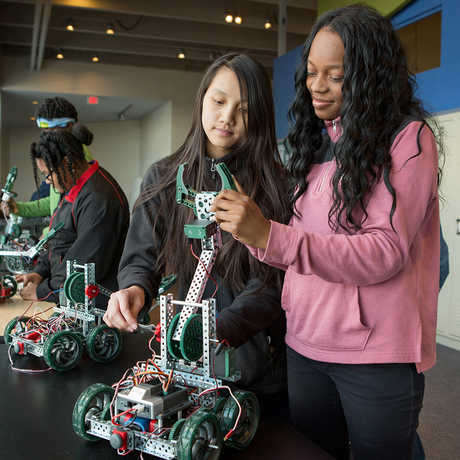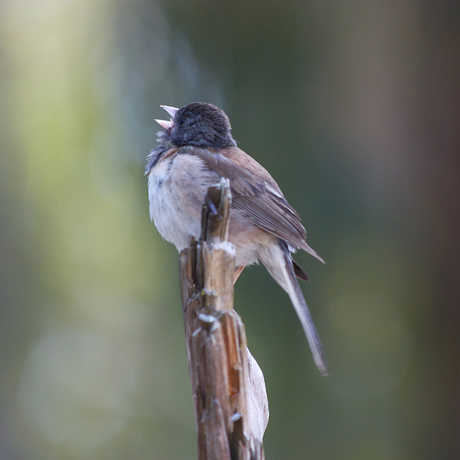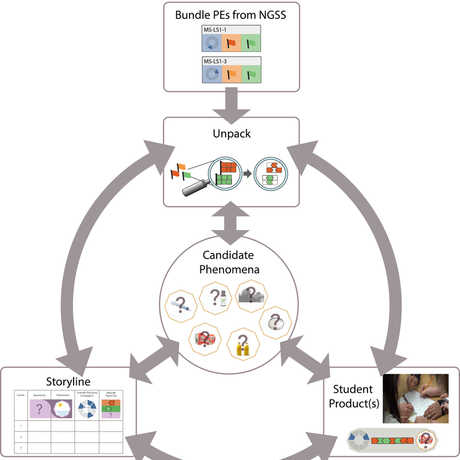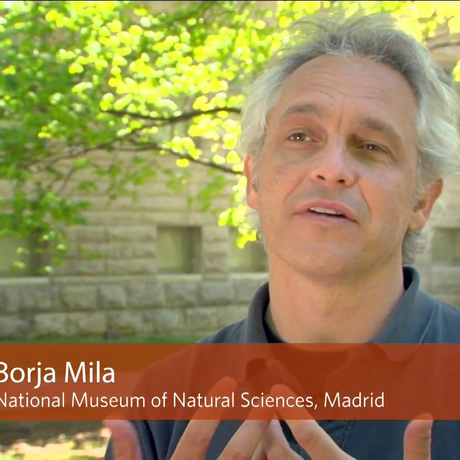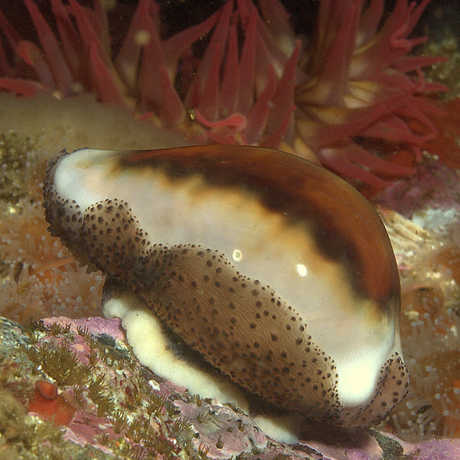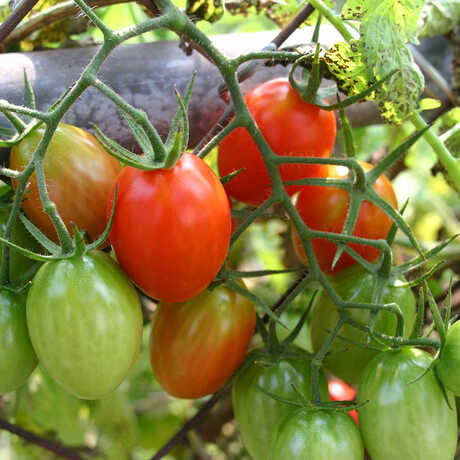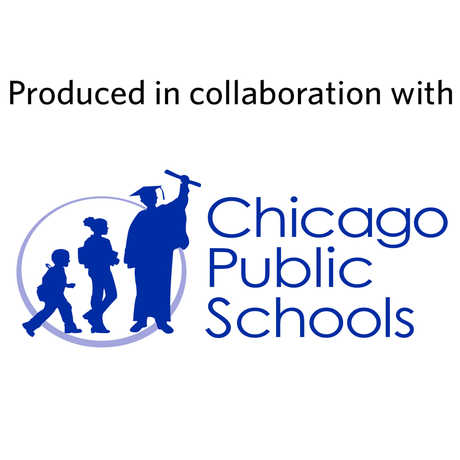
Grade level: 6-12
Length: 2 minutes
Next Generation Science Standards: HS-LS4.B, HS-LS4.C
Video Synopsis
What once was a single population of juncos who spent breeding season in the mountains and wintered in San Diego has diverged. In the 1980s, people started noticing that there were juncos hanging out in San Diego in the summer. Today, there is a significant population of year-round juncos in San Diego who are quite different visually and behaviorally from their mountain counterparts. Have these juncos evolved into a different species in such a short amount of time? What is going on?
This video was made in collaboration with Chicago Public Schools as part of their NGSS-aligned high school biology curriculum.
